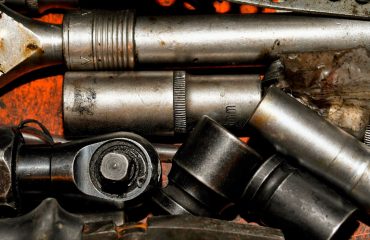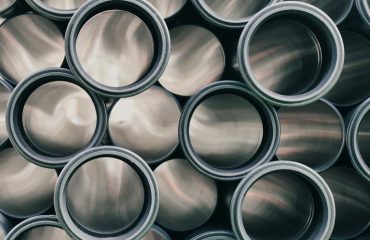In the intricate world of machinery, where precision and performance are paramount, the role of customized steel machine parts cannot be overstated. Off-the-shelf components often fall short when faced with unique design challenges or demanding operational requirements. This is where the power of bespoke steel components comes into play, offering unparalleled flexibility, efficiency, and longevity.
Designing Your Ideal Steel Machine Part: From Concept to CAD
The journey of a customized steel machine part begins with a thorough understanding of your specific needs. This involves detailed discussions with engineering specialists to define the part’s function, dimensions, tolerances, and material requirements. Factors like anticipated load, operating temperature, and environmental conditions all play a crucial role in the design process. Advanced Computer-Aided Design (CAD) software is then employed to create precise 3D models, allowing for virtual prototyping and rigorous analysis before physical production commences. This iterative design process ensures that the final product meets – and often exceeds – expectations.
The Steel Selection Process: Choosing the Right Alloy for the Job
Steel is not a monolithic material; it encompasses a vast array of alloys, each possessing unique properties. The selection of the appropriate steel grade is critical to the performance and lifespan of your customized part. Factors influencing this choice include strength, hardness, toughness, corrosion resistance, and weldability. Common steel grades used in machine parts include:
- Mild Steel: Cost-effective and readily weldable, suitable for less demanding applications.
- Medium Carbon Steel: Offers improved strength and hardness compared to mild steel.
- High Carbon Steel: Possesses exceptional hardness and wear resistance, ideal for high-stress components.
- Alloy Steels: Contain alloying elements like chromium, nickel, and molybdenum to enhance specific properties, such as corrosion resistance (stainless steel) or high-temperature strength.
- Tool Steels: Specifically designed for applications requiring exceptional hardness and wear resistance, such as cutting tools.
Careful consideration of these factors ensures that the chosen steel grade perfectly matches the operational demands of the machine part.
Manufacturing Methods: Precision Engineering for Optimal Performance
The manufacturing process for customized steel machine parts involves a range of sophisticated techniques, chosen based on the part’s complexity, required tolerances, and desired surface finish. Common methods include:
- Forging: Shapes the steel using compressive forces, resulting in superior strength and grain structure.
- Casting: Melts the steel and pours it into a mold, suitable for complex shapes.
- Machining: Uses subtractive processes like milling, turning, and drilling to create precise dimensions and surface finishes.
- 3D Printing (Additive Manufacturing): Builds the part layer by layer from a metal powder, ideal for complex geometries and rapid prototyping.
- Welding: Joins different steel components to create larger or more intricate parts.
The selection of the appropriate manufacturing method is crucial to achieving the desired quality, precision, and cost-effectiveness.
Applications of Customized Steel Machine Parts: Across Diverse Industries
Customized steel machine parts find applications across a vast spectrum of industries, including:
- Automotive: Engine components, transmission parts, chassis elements.
- Aerospace: Aircraft landing gear, engine components, structural parts.
- Construction: Heavy machinery parts, structural steel components.
- Energy: Turbine components, power generation equipment.
- Manufacturing: Production line machinery, tooling, automation components.
The versatility of steel, combined with the ability to customize its properties and shape, makes it an indispensable material for a wide range of engineering applications.
The Advantages of Choosing Customized Steel Machine Parts
Opting for customized steel machine parts offers several significant advantages over using off-the-shelf components:
- Improved Performance: Parts are designed and manufactured to meet precise specifications, optimizing performance and efficiency.
- Enhanced Durability: Careful material selection and manufacturing processes ensure superior strength and longevity.
- Reduced Downtime: Reliable, high-performing parts minimize the risk of breakdowns and costly repairs.
- Optimized Design: Customization allows for weight reduction, improved ergonomics, and better integration with existing systems.
- Cost Savings (Long-term): While initial costs might be higher, the long-term benefits of increased durability and reduced downtime often lead to significant cost savings.
The investment in customized steel machine parts is an investment in improved productivity, reliability, and long-term profitability.
In conclusion, the world of customized steel machine parts offers a powerful solution for engineers and manufacturers seeking to optimize performance, enhance durability, and achieve cost-effectiveness. By carefully considering the design, material selection, manufacturing process, and application, you can harness the full potential of these critical components.
Tags: Customized steel parts, steel machine parts, precision engineering, metal fabrication, industrial components




